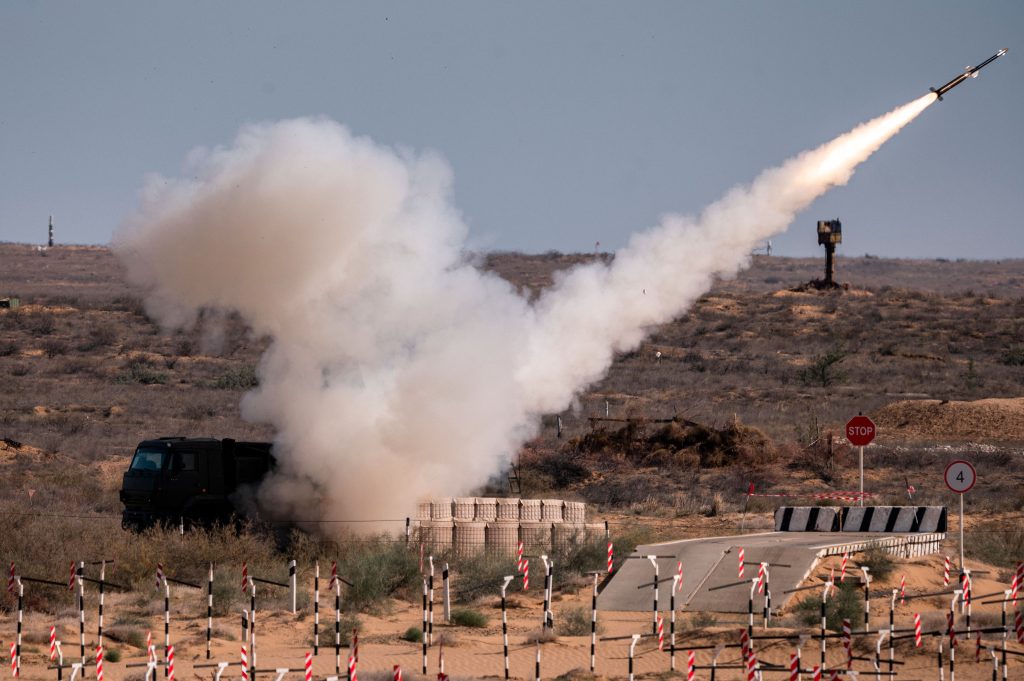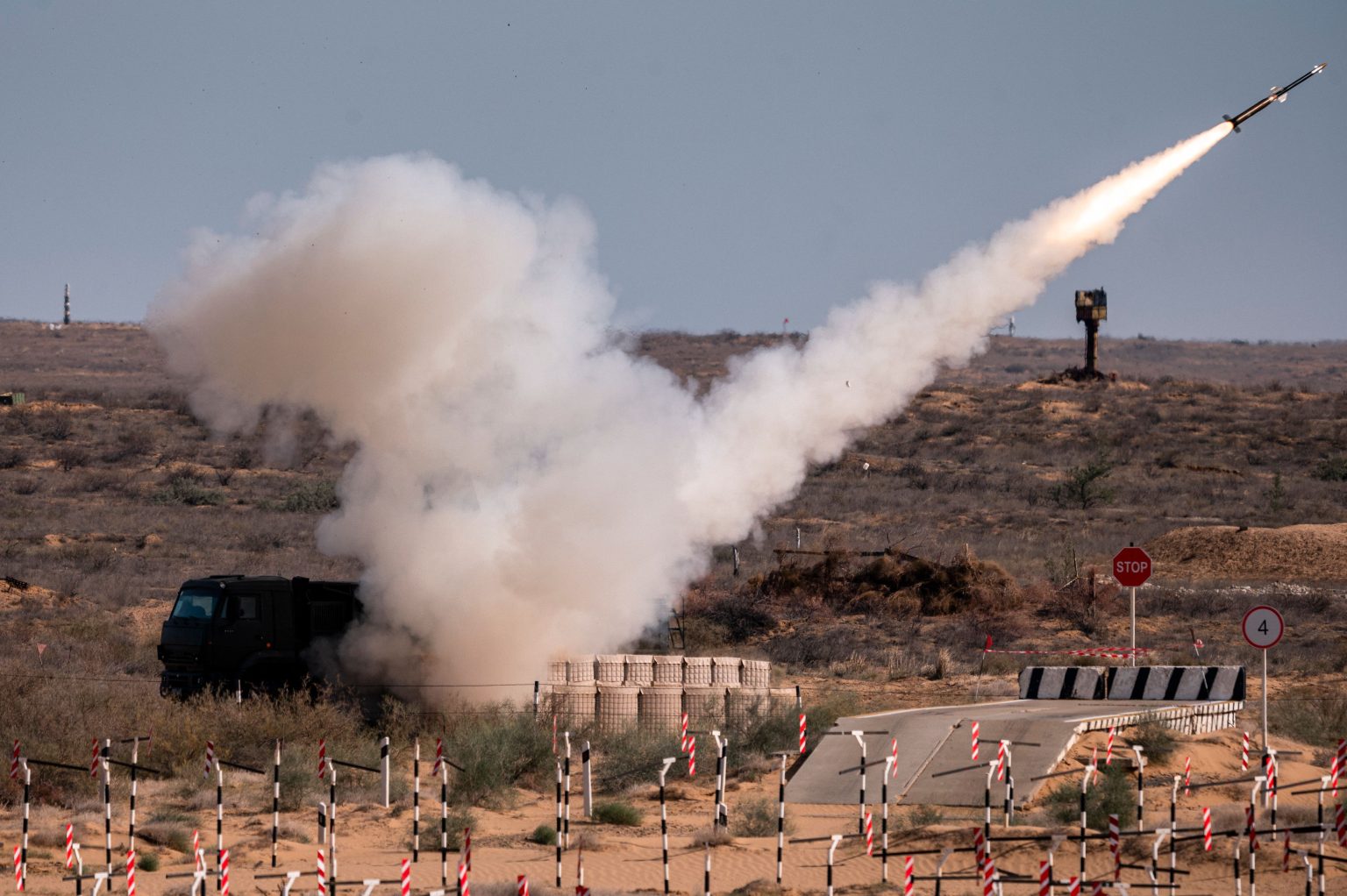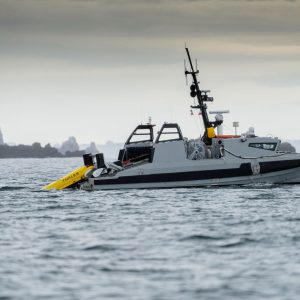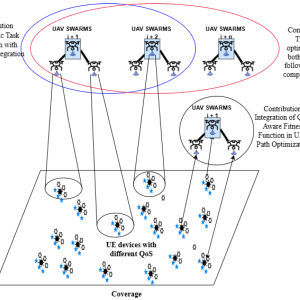Air Defenses Face Challenges Against Drones in aerial warfare, the interaction between air defenses and unmanned aerial systems (UAS) has become a focal point of discussion and analysis. This discourse gains particular relevance in light of a recent Russian report that endeavors to elucidate the intricacies behind the challenges faced by air defenses in effectively countering drones. As we delve into the nuances of this report, we aim to provide a comprehensive understanding of the factors influencing the ability of air defenses to neutralize this growing threat.

Analyzing the Russian Perspective
Radar Cross Section (RCS) Dynamics
The Russian report underscores the significance of radar cross-section (RCS) dynamics as a pivotal factor in the struggle against drones. Drones, with their small and often irregular shapes, present a diminished RCS, rendering them less detectable by traditional radar systems. This characteristic makes it challenging for air defenses to accurately identify and track these elusive targets, especially when operating at low altitudes or in cluttered environments.
Agility and Maneuverability Challenges
Another key aspect highlighted in the report pertains to the agility and maneuverability of drones. Unlike conventional aircraft, drones often exhibit erratic flight patterns and rapid changes in direction. This inherent agility poses a formidable challenge for air defense systems that are optimized for intercepting more predictable aerial threats. The report emphasizes the need for adaptive and agile defense mechanisms to effectively engage and neutralize drones in real-time.
Technological Advancements in Drone Design
Stealth Technologies Integration
In the relentless pursuit of technological superiority, modern drones increasingly incorporate stealth technologies to minimize their radar and infrared signatures. This intentional reduction in detectability amplifies the complexity of the air defense mission, as traditional systems struggle to cope with the stealthy advancements adopted by drones. The report suggests that countering such stealthy UAS requires a paradigm shift in the design and capabilities of air defense systems.
Autonomous Features and AI Integration
The integration of autonomous features and artificial intelligence (AI) in drone systems further compounds the challenges faced by air defenses. Drones equipped with AI algorithms can adapt to evolving situations, making them unpredictable adversaries. The report delves into the implications of AI-driven drones, emphasizing the need for air defense systems to possess sophisticated AI capabilities for effective threat mitigation.
Operational Considerations and Strategies
Low Altitude Operations
The report accentuates the significance of drones conducting operations at low altitudes, exploiting terrain features for cover. Traditional air defense systems, primarily designed for engagements at higher altitudes, encounter limitations in effectively countering low-flying drones. Addressing this operational consideration requires the development of specialized systems capable of engaging targets at varying altitudes and leveraging the topography to enhance detection capabilities.
Collaborative and Integrated Defense Approaches
A key takeaway from the report is the advocacy for collaborative and integrated defense approaches. The conventional siloed nature of air defense systems proves inadequate when confronted with the multifaceted threat posed by drones. The report suggests the integration of diverse defense mechanisms, including radar systems, electronic warfare, and kinetic interceptors, to form a cohesive and resilient defense architecture.
Future Prospects and Technological Solutions
Emerging Counter-Drone Technologies
As the report concludes, it alludes to the ongoing efforts in developing and deploying emerging counter-drone technologies. These include advanced anti-drone systems equipped with rapid-response capabilities, directed energy weapons, and electronic countermeasures. The continual evolution of these technologies remains pivotal in staying ahead of the curve and effectively countering the evolving landscape of drone threats.
International Collaboration for Comprehensive Solutions
Recognizing the global nature of the drone threat, the report advocates for international collaboration in research, development, and deployment of comprehensive solutions. Shared insights, technological advancements, and collaborative efforts can contribute to a collective defense posture against the challenges posed by drones, ensuring the security and resilience of nations worldwide.
In conclusion, the Russian report sheds light on the intricate dynamics that influence the effectiveness of air defenses against drones. The evolving nature of drone technology, coupled with the operational considerations and strategies employed by these unmanned systems, necessitates a continuous pursuit of innovation in air defense systems. As we navigate the complexities of this dynamic landscape, the insights gleaned from this report serve as a valuable resource for shaping the future of aerial defense capabilities.











